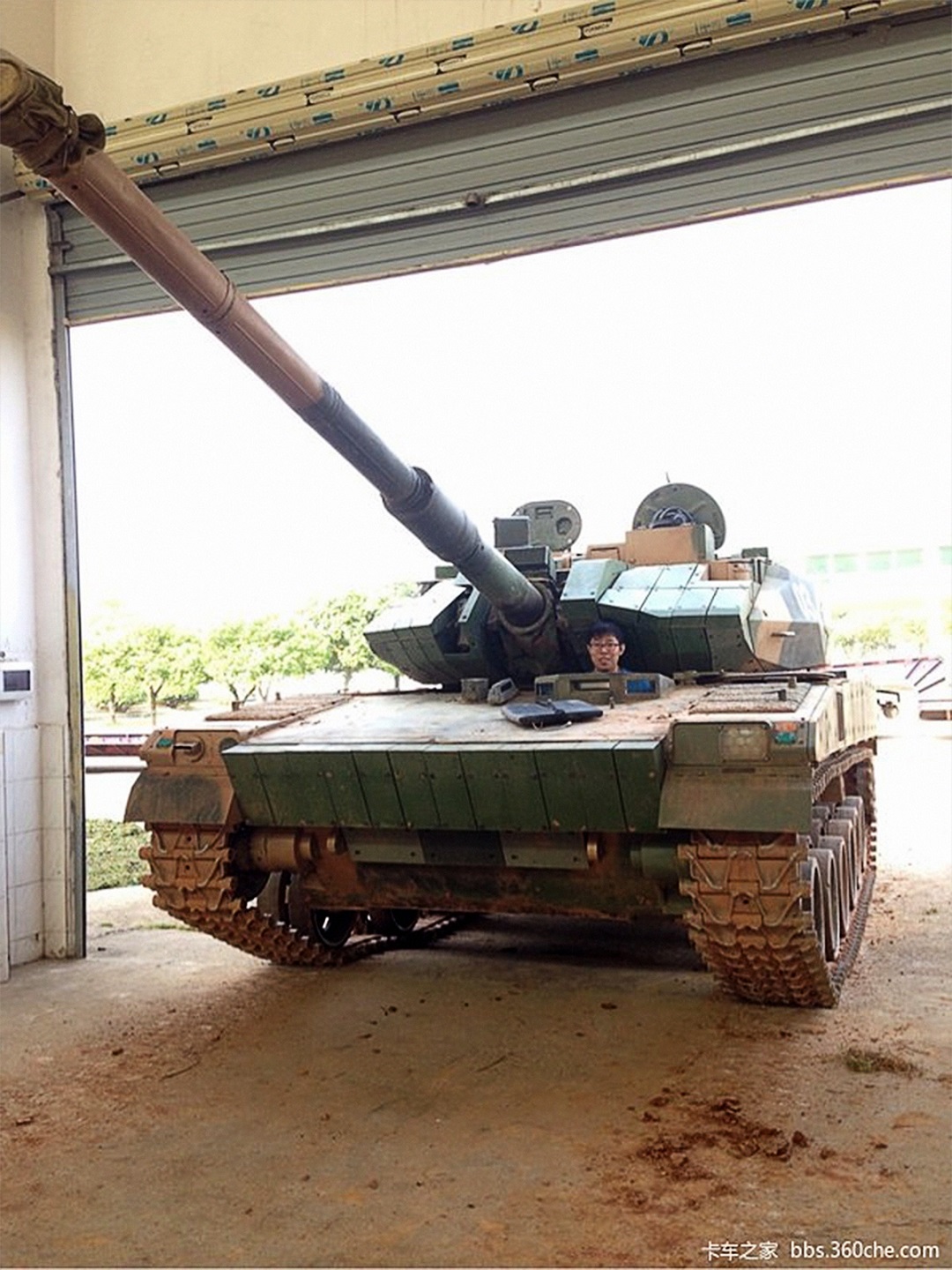Well Indians are allready there, obviously, because otherways their soldiers wouldn't be in Chinese territory.
Also, if their bulldozers can get there, so can T-72/90.
Also, Spike isn't so heavy at all and if India want's they can bring all of them there. Not to mention that India also has MLRS-systems like Smerch and others.
The Indians were able to bring bulldozers because they aren't at war with China and their supply lines up the Himalayas weren't being attacked by long-range artillery and air strikes. There are very few ways to bring heavy equipment up the Himalayas from India and all are practically bottlenecks that will be targeted in a war. By contrast, the PLA can supply anywhere on their side of the Himalayas from any route they want since they don't have to cherry-pick valleys and gorges; there is a far lower risk of bottlenecking for the PLA.
India's ability to bring Smerchs to the fight is doubtful because of what I just said above whereas the PLA already has a brigade of PHL-03s on the plateau with more able to arrive via rail, road, and air, all of which are far from Indian airfields. Additionally, China is covered by IADS composed of S-300s and HQ-9s, There are also manoeuvre units equipped with HQ-16s and HQ-7s so it is safe to assume the PHL-03s will get where they're needed in one piece. Not so much for the Indian Smerchs.
In any case, the ZTQ reflect the PLA's recognition of the fact that although a colossal amount of infrastructure has been built to link Tibet with the rest of the China, logistics will still be an issue due to capacity limitations. After all, one railroad to the outside is all Tibet has. Therefore, a lighter tank with a lower fuel consumption and firing smaller shells is desirable. There is confidence in the PLA's artillery and air force to deny India the ability to transport significant mechanised forces up the Himalayas which means the T-series will be scant met, if at all, by ZTQs and any IFV/APCs that India manages to get up there will be completely outclassed by the ZTQ. For all intents and purposes, the ZTQ is satisfactory, if not overkill, against anything India can haul up there for the next 10-20 years.
As an aside, even if by some miracle India is able to get T-90s past the Himalayas, I don't think they'll function very well.
Both Indian T-90s' engines broke down during the Tank Biathlon and that wasn't even at 4000m altitude. If Indians can't even get their T-90s to work reliably down here, what makes you think they'll have better luck up there?




